Call Us Today! (904) 551-9844
As a resident of North West Saint Johns County, off of CR 210, I am quite familiar with our excessively high mineral content. Hard water scale deposits and damage water heaters, complicate cleaning processes and require a lot more soaps in the dishwasher and laundry. Today’s blog entry will compare how a Salt Free Water Softener stands up to our very hard Saint Johns County FL water.
Will Salt Free Water Softeners fix Hard Saint Johns County FL Water?
The short answer is no they will not. Salt based water softeners are 100% effective against hard water build up because they are completely removing these hard water minerals before they enter your home. This process guarantees no hard water damage because the hardness minerals are no longer present. Salt Free Water Softeners like, Pelican Water and Aqua Sana, do not remove any of these hardness minerals so that they remain fully present in your Saint Johns County water supply.
Why Don’t Salt Free Water Softeners Remove the Hardness Minerals?
Salt Free Water Softeners are not actually water softeners at all. Since they do not remove any of the hard water minerals (not one), a hard water test result will show that the sample tested is not soft at all. Hard water has a Grain Per Gallon test range from 7 to 10.5 while soft water will test between 0-1 (grains per gallon). The neighbor hood that i live in has a hard water drop test of 20-28 grains per gallon of hard water minerals. If you fed a Salt Free System with Saint Johns County hard water that tested at 20 grains per gallon, the test result would be identical after the installation testing again at 20 grains per gallon of hardness.
Then What Do They Do?
Some controlled test studies have shown that salt free systems can reduce some scaling inside the plumbing system. However, companies who sell these products take these controlled test studies and then in turn over promise the results that you will receive. For example Pelican Water actually calls their systems water softeners when they clearly are not. In these controlled studies it’s important to note that the Salt Free system was installed right next to the item tested, say a water heater and not at the point of entry where you water would enter your home. So, to expect similar results as their controlled test study we would have to install a system at every point of use inside your home to produce a result (one at the water heater, the dishwasher, the refrigerator, the bathroom showers…etc) . You see the anti-scale treatment methods wear off as the water sits. So while your at work or sleeping as the water sits the anti-scale benefits expire and the hardness acts like the hard water that it is. With a regular water softener you need not worry about this because the hardness minerals are completely gone. So if your sleeping at work, running lots of water or running no water at all, your Saint Johns County water will remain perfectly soft with dependable consistent results.
For the most part all these systems do is appeal to the desire to get away from dealing with the salt. But as far as the spots and film in the kitchens and bathrooms as well as protecting your plumbing system-they effectively do nothing.
SEE OUR LOCAL FIELD TEST RESULTS
The post Hard Water Levels in Saint Johns County FL appeared first on Florida Water Technologies.
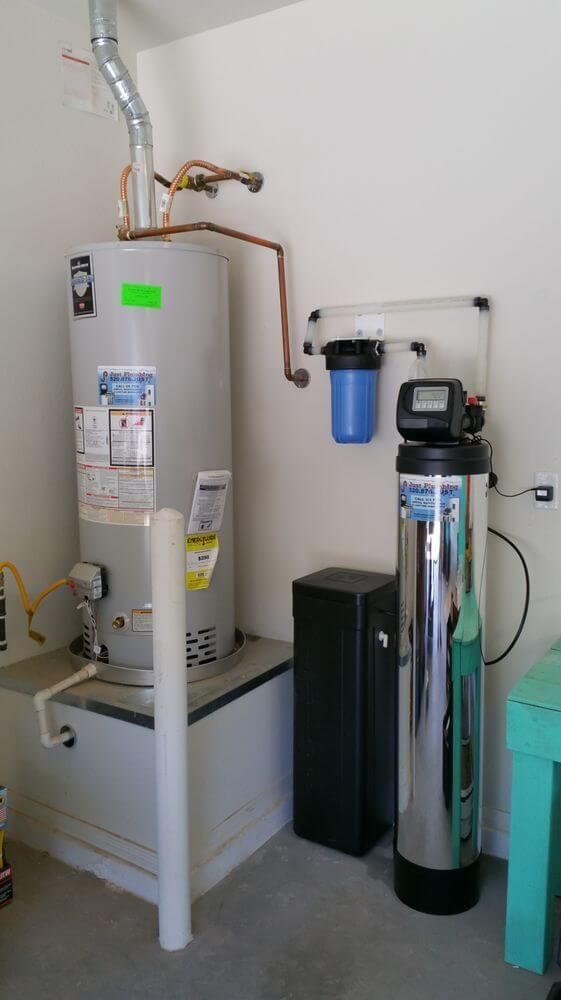
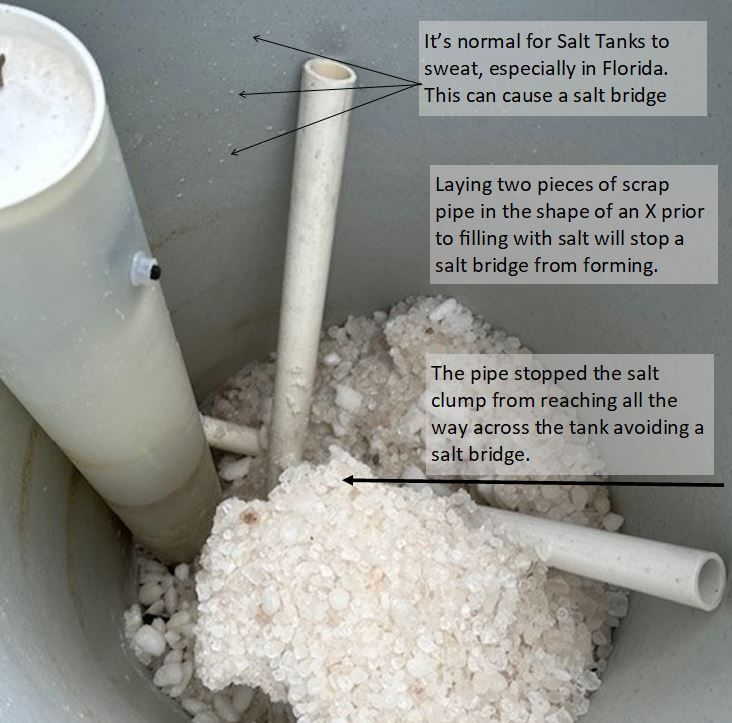


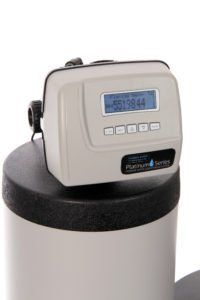
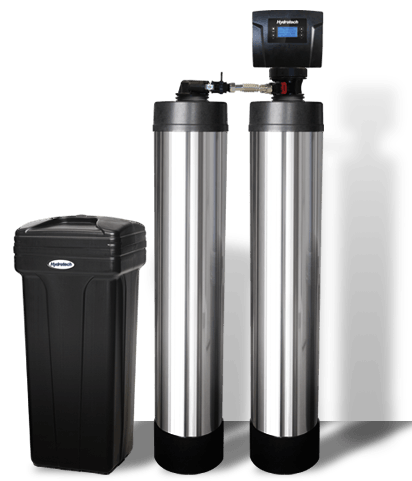
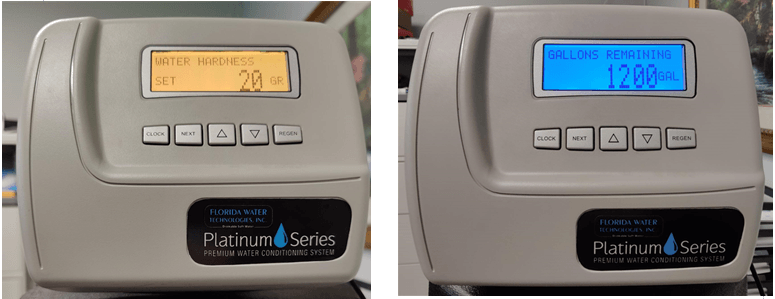
Phone: (904) 551-9844
Address: 8936 Western Way, Ste 10 Jacksonville, FL 32256
Business Hours
Mon - Fri: 8-5
Sat: 8-12







